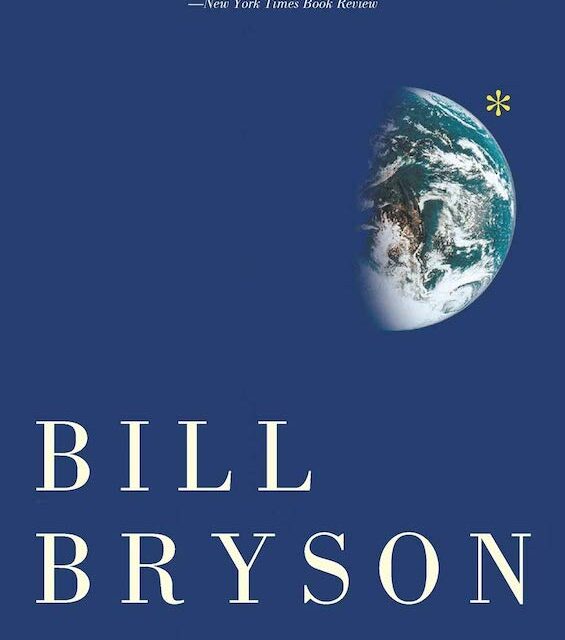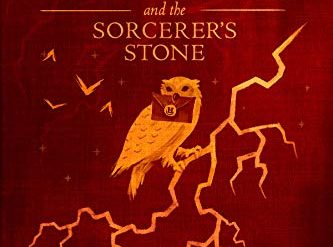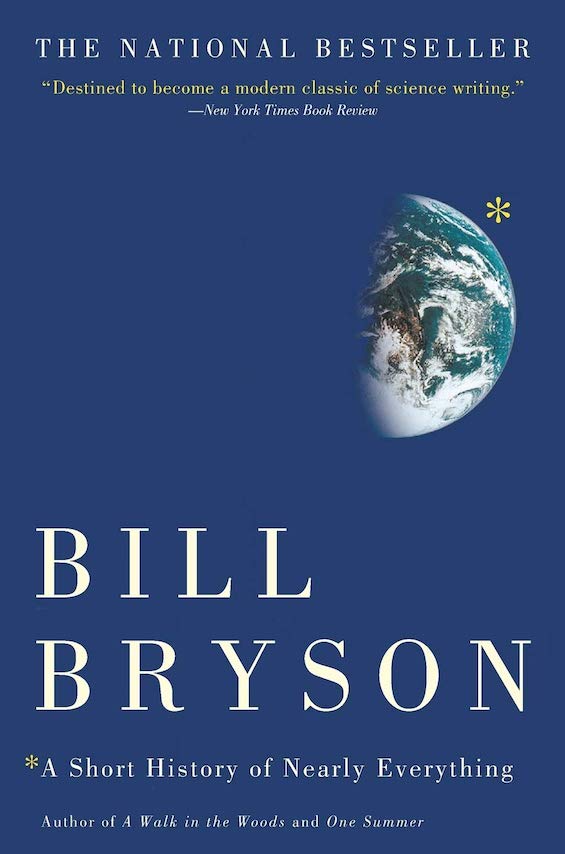
If you think you know the salient facts about Charles Darwin and evolution, prepare to be surprised when you read A Short History of Nearly Everything, by Bill Bryson.
For starters, Charles Darwin was by no means the first person to posit a theory of evolution. His own grandfather, Erasmus Darwin, a famed naturalist in his own right, had written about the idea decades before. Others had published speculation about evolution as well, some of them years before Darwin published On the Origin of Species. One of these was a Scottish gardener who, in 1831—the year Darwin departed England on the Beagle—wrote up his own thinking about the principles of natural selection in an obscure book called Naval Timber and Arboriculture. His book was ignored by one and all at the time, with the possible exception of ship-builders and foresters.
He didn’t call it “evolution”
But Darwin himself didn’t call the process “evolution” for many decades after his historic voyage on the H.M.S. Beagle. It wasn’t until the sixth edition of his landmark book that Darwin used the word in place of his favored term, “descent with modification.”
To my mind, these sometimes surprising facts about the life and work of Charles Darwin were among the most interesting of the many things that came to light in Bill Bryson’s book, A Short History of Nearly Everything.
A Short History of Nearly Everything by Bill Bryson (2003) 562 pages ★★★★☆
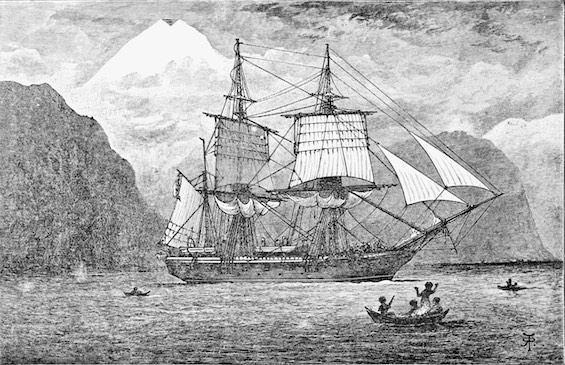
By the way, Darwin didn’t craft the famous phrase “survival of the fittest.” Those were the words of another famous 19th-century naturalist, Herbert Spencer, in a biology textbook published in 1864, five years after Origin had become an overnight best-seller.
How Darwin became a naturalist
How Darwin got into the business of naturalism in the first place is a remarkable tale.
Young Charles Darwin, son of a prosperous physician and an heiress to the enormous Wedgwood pottery fortune, was a ne’er-do-well, at least in his father’s eyes. He tried medical school, presumably to placate his father, but couldn’t stand the sight of blood. Then he gave law school a whirl, with equally bad results. Somehow, he ended up with a degree in divinity from Cambridge. He was 22 years old and stationed as a country parson when the call came to join the voyage of the Beagle. The chances are very strong he would have remained an obscure parson who dabbled in naturalism if he hadn’t received that invitation.
The captain of H.M.S Beagle chose badly
Here’s how that happened: the captain of the Beagle was a 23-year-old religious zealot named Robert FitzRoy, who regarded the trip ahead as an opportunity to prove the truth of the Biblical account of creation. He needed a dinner companion for the voyage because, himself a “gentleman,” he was honor-bound not to socialize with anyone who wasn’t. The person he first invited turned him down, so he settled on Darwin as his second choice. Why? Two reasons. First, as a clergyman, Darwin would presumably agree with his religious convictions without reservation. And, second, FitzRoy regarded the shape of Darwin’s nose as connoting good character. (Remember, phrenology was in vogue in Western Europe in the 19th century. If the shape of the skull is important, why not the shape of the nose?)
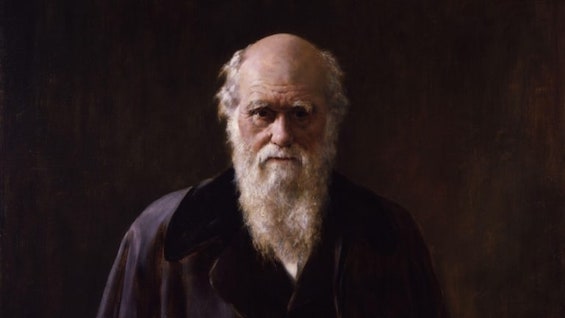
Darwin’s theory emerged much later
Darwin’s thinking about evolution didn’t begin during the five-year voyage (1831-36) but only after he returned and read Thomas Malthus’ seminal Essay on the Principle of Population, concluding that life must be a constant struggle for all species. For eight years afterward, Darwin tinkered and fussed with his notes and the voluminous collection of samples he’d collected, writing a short version of the book-to-be. Then, in 1844, he locked up the manuscript in a drawer and left it untouched for 15 years.
Before returning to the project, Darwin devoted eight years to writing a definitive book on barnacles (yes, barnacles). During that decade and a half, he also fathered children—10 in all—and developed a collection of gruesome physical symptoms that should have been enough to fell an elephant. In fact, 15 years after he had set aside his early draft, it’s unlikely that Darwin would ever have gotten back to writing Origin. That letter he received in 1858 made the difference.
The prospect of competition urged him on
The admirer was Alfred Russel Wallace, and his letter—the continuation of a long correspondence with Darwin—laid out Wallace’s own theory of natural selection. Darwin quickly realized that he would never receive credit for his thinking if he didn’t finish writing, and quickly publish, his book. On the Origin of Species duly appeared the following year, 1859.
The rest . . . well, the rest is full of surprises, too. But read the book.
It wasn’t the finches
Oh, by the way: the conventional wisdom is that Darwin based his thinking about natural selection on his observations of variations within species of finches on the islands of the Galápagos. That’s not true, either. In fact, young Darwin was such an inexperienced observer when he passed through the Galápagos that he failed either to notice that the birds he saw were all finches or to record which variety of bird he’d seen on which of the islands. It took years for an ornithologist to sort all this out much later.
So, is this stranger than fiction, or what?
About the author
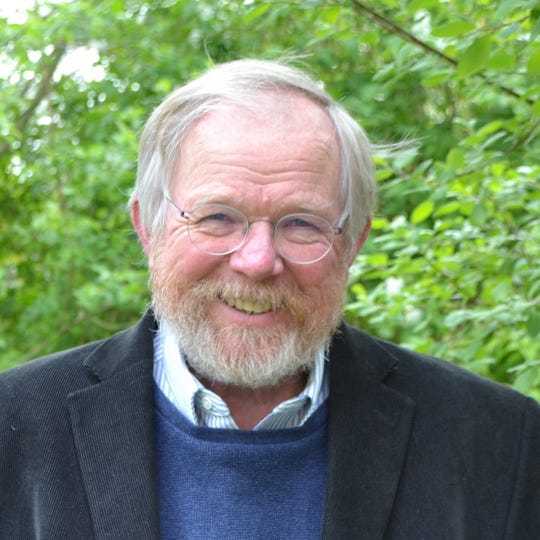
Bill Bryson (1951-) was born and raised in Des Moines, Iowa, but has lived in Britain for most of his adult life. He is the author of 19 nonfiction books published from 1984 to 2019, most of them about science, history, language, or travel. He has received 10 honorary doctorates in the UK and one in the United States.
For related reading
Check out Science explained in 10 excellent popular books and 10 best books about innovation.
You can always find my most popular reviews, and the most recent ones, plus a guide to this whole site, on the Home Page.

